#St. Petersburg
Text
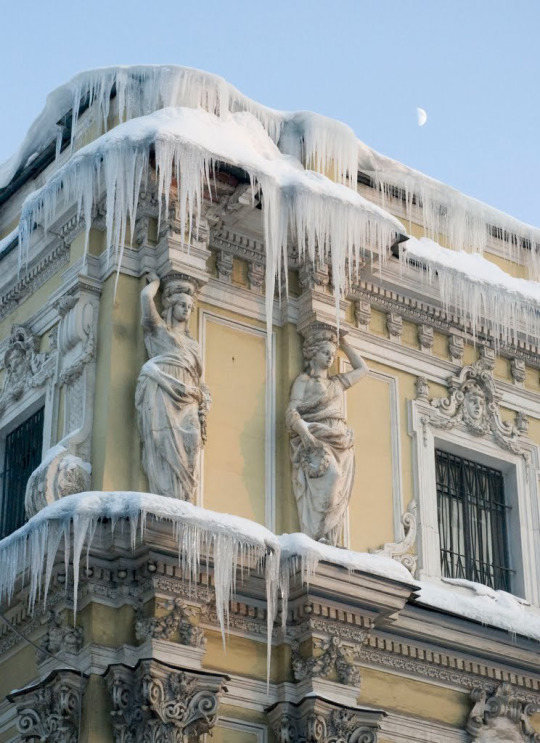
St. Petersburg, Russia
2K notes
·
View notes
Text

Katalnaya Gorka pavilion, Oranienbaum, St. Petersburg, Russia,
Belimov-Guschin Andrey Photography
#art#design#architecture#history#luxury lifestyle#style#luxury house#interior design#luxury home#pavilion#russia#st. petersburg#katalnaya gorka pavilion#interiors#oranienbaum
263 notes
·
View notes
Text

St. Petersburg - Russia (by Pedro Szekely)
#St. Petersburg#Russia#Russland#City#Cityscape#Urban#Buildings#Houses#Photography#Travelling#Tourism#Holiday#Urlaub#Reisen#Vacation#Fotografie
154 notes
·
View notes
Text


Cast iron spider balcony in St. Petersburg + +
176 notes
·
View notes
Text
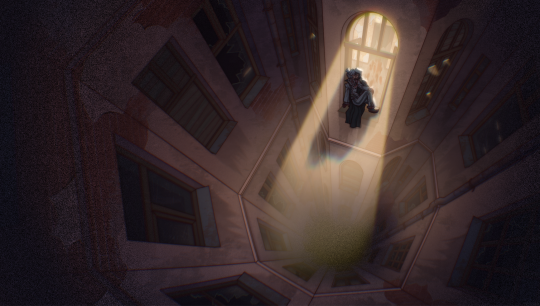

First kiss.
#fyolai#dostogogol#fyodor dostoevsky#bsd dostoevsky#nikolai gogol#bsd gogol#bungo stray dogs#bsd#fyodor bsd#nikolai gogol bsd#fanart#artists on tumblr#st. petersburg
832 notes
·
View notes
Photo

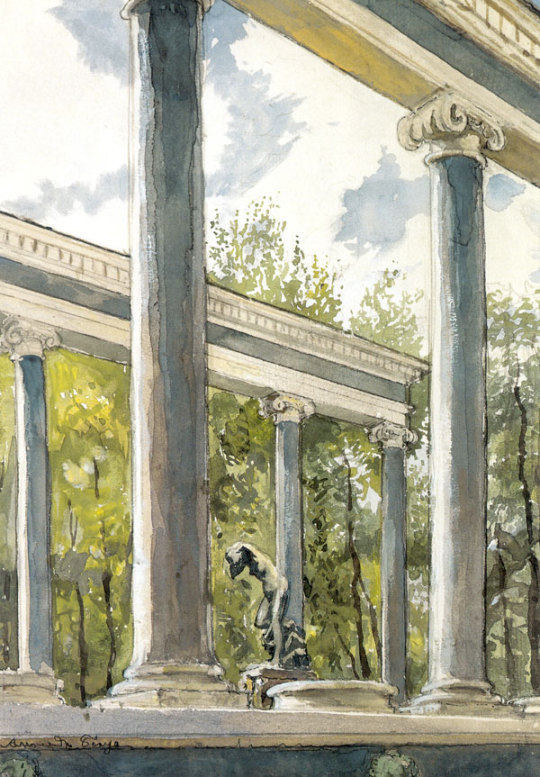

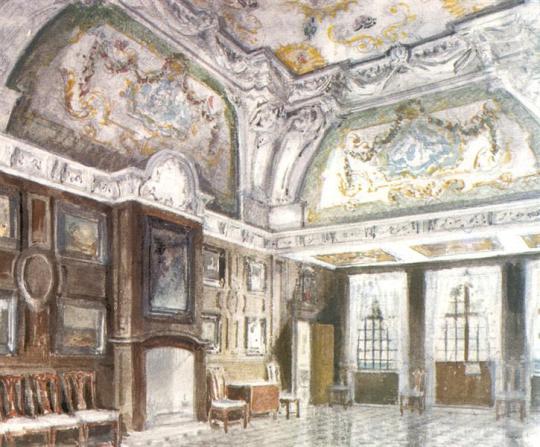
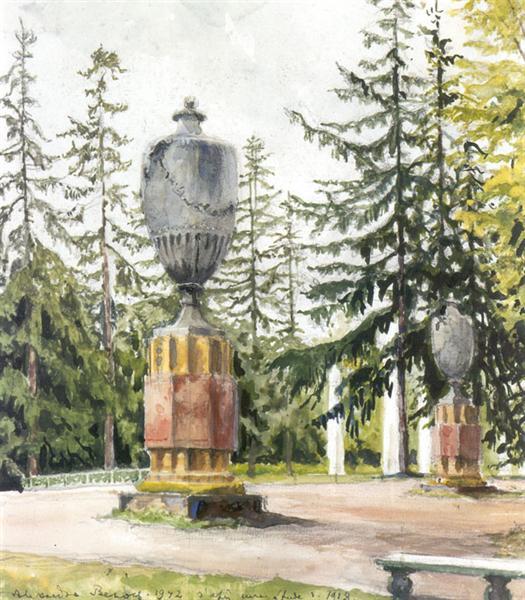
Alexandre Benois, Series: Peterhof Palace (c.1900)
Grand Cascade
Lion cascade and colonnade
Merchant staircase at the Grand Palace
Mon Plaisir. Medium room.
Vases at the channel
#alexandre benois#peterhof palace#art nouveau#interior#cityscape#architecture#watercolor#painting#art#graphite#ink#st. petersburg#russia#column#palace#light academia#dark acamedia
404 notes
·
View notes
Text

Steam Powered Elevator,St Petersburg Russia...russia
116 notes
·
View notes
Text
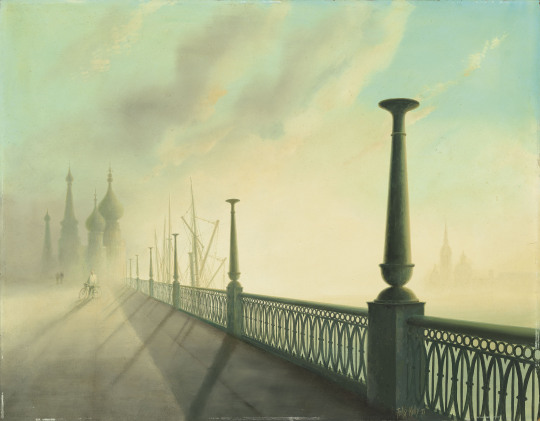
By the Neva, Felix Kelly, 1971
Oil on board
21 ⅝ x 28 in. (55.7 x 71 cm)
#art#painting#felix kelly#contemporary art#surrealism#20th century art#1970s#20th century#new zealander#kiwi#oil#russia#st. petersburg#street scene
67 notes
·
View notes
Text
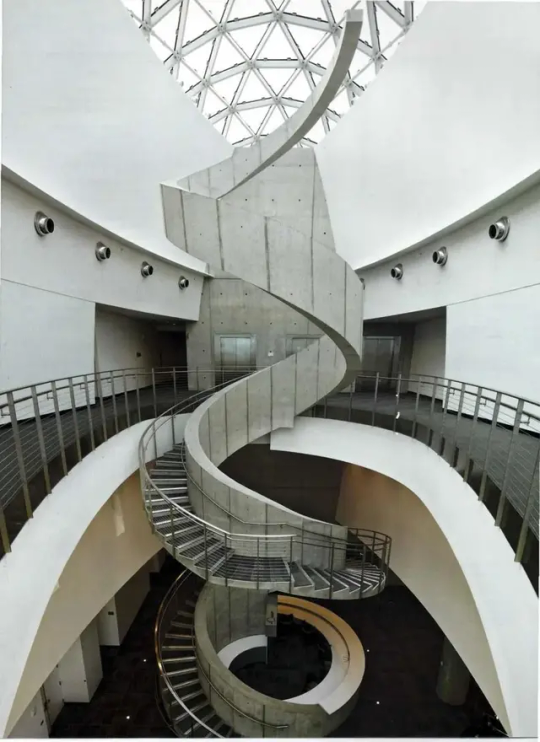
Salvador Dalí Museum, St. Petersburg, Florida, United States,
Designed by Yann Weymouth
#art#design#stairwell#architecture#stairway#staircase#stairs#interiors#staircases#spiral staircase#sculpture#museum#salvador dali#st. petersburg#united states#twist#yann weymouth#florida
51 notes
·
View notes
Text
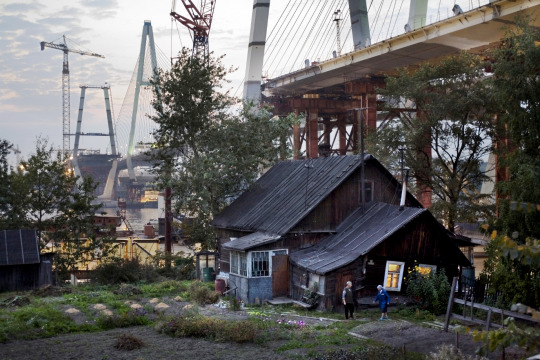
St. Petersburg, Russia - by Alexander Petrosyan (1965), Ukrainian/Russian
58 notes
·
View notes
Text
Fabergé Eggs

Fabergé Eggs, perhaps considered one of the most famous examples of exquisite and luxurious craftsmanship to this day.
Fabergé eggs were originally commissioned by the Russian Imperial family in the late 1800s AD.
Tsar Alexander III (10 March 1845 – 1 November 1894) wanted a richly jeweled egg as an Easter gift for his wife, so Russian jeweler Peter Carl Fabergé (30 May [O.S. 18 May] 1846 – 24 September 1920) got to work and produced very first Fabergé egg in 1885 AD.
And like Easter eggs you may find hidden in your shrubs or gutters, these eggs were also intended to contain a surprise inside.
Initially, the first Fabergé egg was to contain a diamond ring, but after specific instructions given by the Emperor, the egg could be opened to find a ruby pendant instead.
Over the course of the next two decades, ten eggs were produced for the family during Alexander III’s reign, starting a dazzling tradition that his son Nicholas II (18 May [O.S. 6 May] 1868 – 17 July 1918) would carry on for his wife and his mother every Easter.
The popularity of eggs-travagant gifts spread well beyond the Imperial family, and soon, other wealthy families began commissioning their own eggs.
The eggs then began to represent great wealth and luxury that owning a Fabergé egg was considered a status symbol.
And with the skill level and time that it took to craft up just one Fabergé egg – up to one year per egg – it’s no surprise they come with such a high value.
The intricate Fabergé egg-making process began by creating a design for the egg and then the outer shell would start to come to life.
The team of goldsmiths would craft the eggs out of precious metals like gold or silver.
They were each decorated with intricate engravings, filigree work and other decorative elements.
And while his competitors used a standard palette, Fabergé wanted to experiment with more colors.
He created resplendent yellows, mauves, and all shades of greens — coming up with over one hundred and forty new colors.
Just as important as its exterior, the Fabergé egg’s interior was given just as much attention to detail.
A team of jewelers would work on creating a surprise to be hidden inside the bejeweled shell.
These surprises could be anything from miniature portraits of the recipients’ husbands to tiny replicas of famous landmarks.
The artists behind these miniature works of art were some of the best miniature painters, sculptors and engravers of that time who used a variety of material, including enamel, precious stones and even hair to create their work.
Finally, once all of the intricate pieces were complete, they were assembled by a team of skilled craftsmen to create the final product.
The egg was then presented to the recipient and would become a treasured family heirloom for years to come.
Unfortunately, the House of Fabergé was forced to close its doors during the Russian Revolution in 1917.
Fabergé and his family fled Russia.
Many of the Fabergé eggs were sold, lost or smuggled out of Russia during this time, but now, many of them are housed in museums like the famous Fabergé Museum in St. Petersburg, Russia.
However, history came full circle when in 2007, with new ownership and direction, the company announced the reunification of the brand with the Fabergé family.
This new chapter set the stage for a total revitalization of the Fabergé name and philosophy, which are in tune with its original values and spirit.
#House of Fabergé#Fabergé Eggs#Russian Imperial Family#Tsar Alexander III#Peter Carl Fabergé#Easter eggs#Tsar Nicholas II#Russian Revolution (1917)#Fabergé Museum#St. Petersburg#Russia#craftsmanship#family health#status symbol#jewelries#House of Romanov#Easter#Happy Easter#Easter Sunday#Resurrection Sunday#eggs
40 notes
·
View notes
Photo
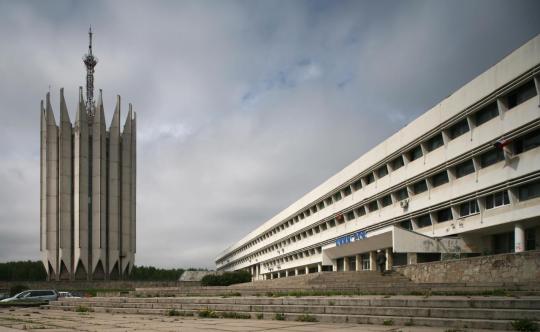
S. V. Savin, B. I. Artyushin, Research Institute of Robotics and Technical Cybernetics, St. Petersburg, 1973-86.
Photography: Alex 'Florstein' Fedorov
#architecture#modernism#S. V. Savin#B. I. Artyushin#Research Institute of Robotics and Technical Cybernetics#St. Petersburg#USSR#1970s#1980s
180 notes
·
View notes
Text

© Andrey Godyaykin
Site | Fine Art America | Telegram | Twitter
58 notes
·
View notes
Photo
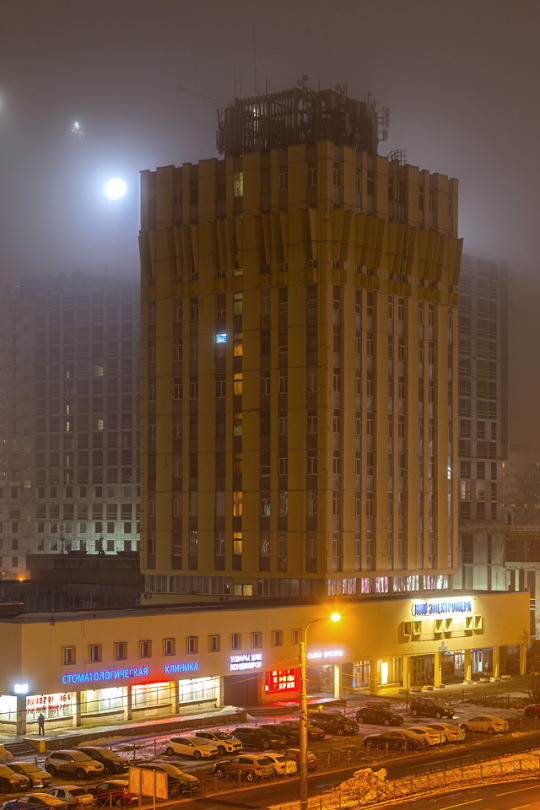
Soviet Modernist Tower at night in the fog. Research Institue Building in St. Petersburg, Russia. Photo by Stas Knop.
265 notes
·
View notes
Video
St. Petersburg Art Nouveau in all its glory
Olympus OM-2n Zuiko 28 mm f/2.8 Silberra PAN160
#Olympus OM-2n#Zuiko 28 mm f/2.8#Silberra PAN160#film 135#analog#monochrome#b/w#manual lens#filmnotdead#filmphotography#ishootfilm#Art Nouveau#St. Petersburg#Russia#Плёнка#аналог#монохром#ч/б#мануальный объектив#модерн#Санкт-Петербург#Россия#flickr
27 notes
·
View notes

